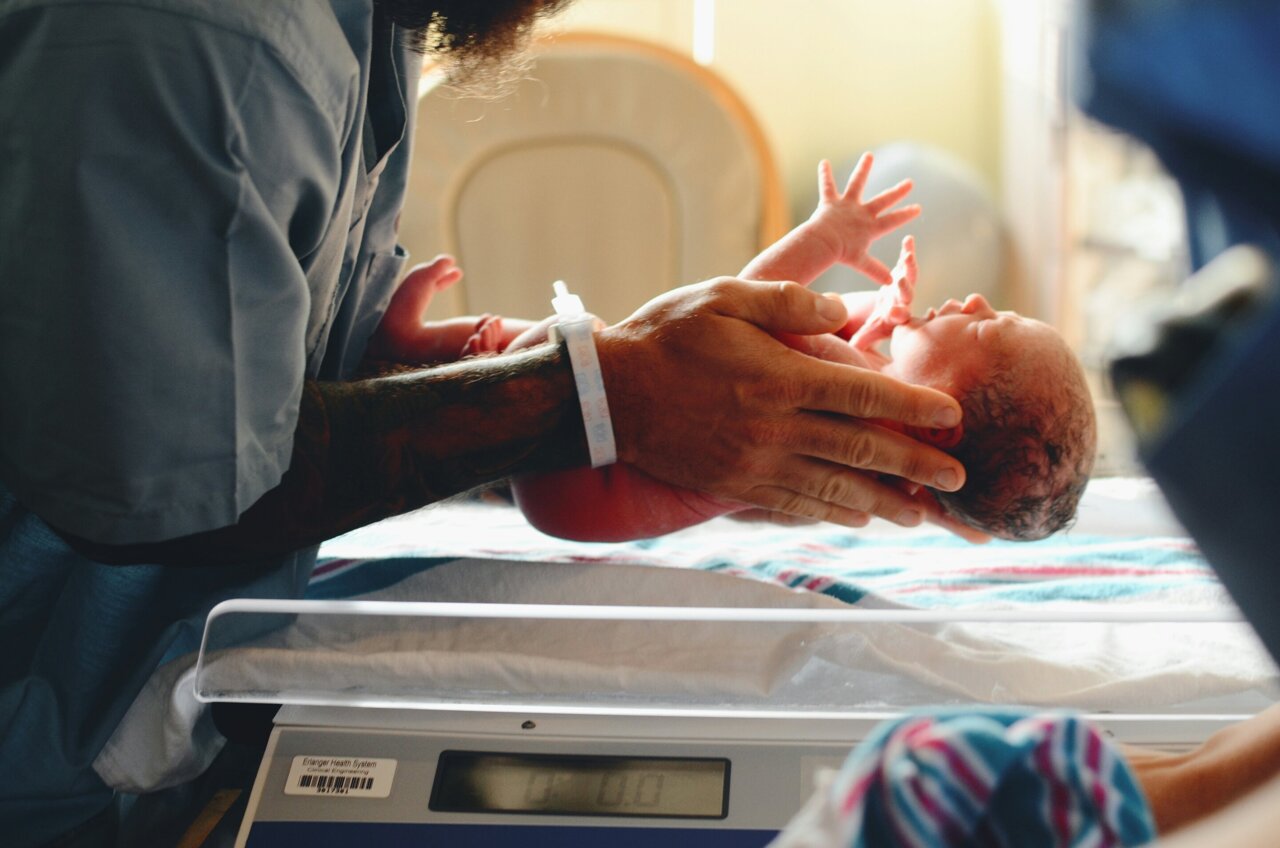Study Reveals Early Sensory Processing in Autism Development

Understanding Autism Through Early Sensory Development
A recent study has shed new light on the sensory processing differences in individuals with autism, particularly during the prenatal and neonatal stages of development. This research, led by a team including Carissa Cascio, a senior scientist at the University of Kansas Life Span Institute and Kansas Center for Autism Research and Training, offers a fresh perspective on how early sensory experiences may shape the development of autism.
The findings, published in the journal Psychological Review, highlight the importance of studying sensory processing from an early developmental standpoint. Unlike traditional approaches that focus on social interactions, this paper explores how the brain processes sensory input—such as touch, vision, and hearing—from the very beginning of life.
Cascio explains that sensory processing can be significantly different in people with autism. However, studying these differences has been challenging due to the limitations of current research tools. Most studies are designed for adults who can participate in lengthy experiments, making it difficult to gather data on infants and young children.
Despite these challenges, the researchers believe that focusing on early sensory development could lead to breakthroughs in understanding and treating autism. They argue that many symptoms of autism may stem from differences in how the brain processes sensory information during the earliest stages of life.
The Cascading Effects Model
The study introduces a model called the "cascading effects model," which suggests that early sensory differences may influence the development of more complex behaviors associated with autism. According to Cascio, the brain's initial focus is on processing sensory input, and any deviations in this process could have long-term implications.
For example, the development of the body map in the brain during pregnancy plays a crucial role in how infants explore their environment and distinguish themselves from others. These foundational skills are essential for building social abilities, which are often impacted in individuals with autism.
One surprising finding from the study is the early development of the sense of touch. By the first seven to eight weeks of gestation, the structures responsible for touch are nearly fully formed. This early development is likely due to the limited visual input in the womb, with tactile sensations playing a significant role in the fetus's experience.
Cascio notes that the sensory environment in the womb is quite different from what we experience after birth. While visual input is minimal, there is a lot of tactile feedback from self-touch and the movement of amniotic fluid across the body. This unique environment shapes the development of the sensory systems in ways that are not yet fully understood.
Cultural and Environmental Influences
The study also acknowledges the complexity of autism, which affects individuals in diverse ways. Factors such as culture, family dynamics, and personal experiences can influence how sensory input is perceived and processed.
Cascio highlights that cultural differences play a significant role in how touch and communication are experienced. For instance, some cultures may place a higher value on eye contact or physical touch, while others may emphasize quiet or less direct forms of interaction. These variations can impact how individuals with autism navigate social situations.
Additionally, family environments can contribute to differences in sensory experiences. The level of ambient noise, the amount of physical contact, and even the way meals are enjoyed can affect how individuals process sensory input. These factors underscore the need for a more nuanced approach to studying autism.
Future Directions
Looking ahead, the researchers plan to conduct experimental tests of the cascading effects model. They also aim to integrate sensory and social understanding in future studies, further exploring how early sensory development influences the broader spectrum of autism.
In addition, they hope to investigate the development of sensory systems at the earliest stages of life and reframe autism as a disorder that originates in early sensory processing. This shift in perspective could lead to more effective interventions and support strategies for individuals with autism.
By focusing on the intricate relationship between sensory processing and brain development, this research opens new avenues for understanding and addressing autism. It emphasizes the importance of looking beyond traditional diagnostic criteria and considering the complex interplay of factors that shape an individual's experience with the condition.
Post a Comment for "Study Reveals Early Sensory Processing in Autism Development"
Post a Comment